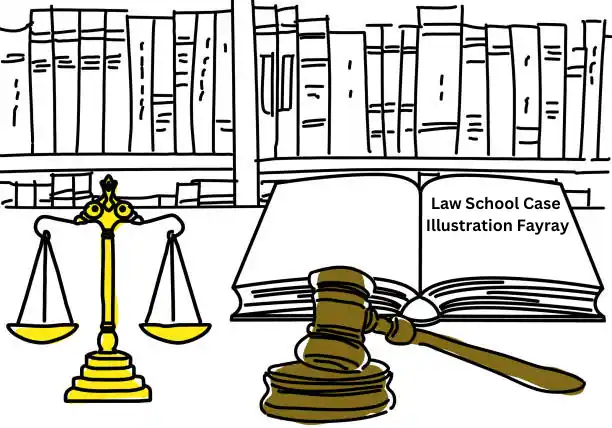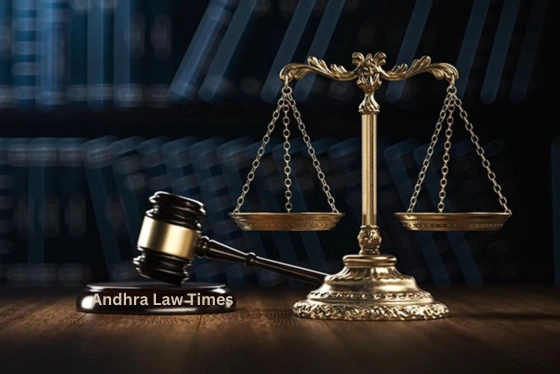
Introduction to Law School Case
The legal world is filled with intricate cases that ignite debate and shape future legislation. One such case, the Law School Case Illustration Fayray, stands out as a compelling example of how legal principles are tested in real-world scenarios. This case showcases not just the complexities of law but also the profound impact it has on aspiring lawyers and students alike. As we delve into this fascinating case, you’ll discover its background, key arguments, and the lessons it imparts for future generations of legal minds. Buckle up; it’s time to explore what makes the Law School Case Illustration Fayray so significant in today’s legal landscape.
Background of the Law School Case
The Law School Case Illustration Fayray emerged from a fascinating legal dispute that captivated students and practitioners alike. It revolves around an intricate contract issue involving two parties with differing interpretations of their agreement.
This case unfolded in the context of rapidly changing business practices, particularly in digital transactions. As technology evolved, so did the complexities involved in contractual relationships.
Fayray was pivotal because it highlighted how traditional contract law needed to adapt to new realities. The facts were straightforward but raised questions about intent and enforceability that challenged existing doctrine.
Legal scholars began dissecting this case as it illustrated broader principles applicable across various fields of law. Its implications extended beyond its immediate circumstances, prompting discussions on best practices for future contracts in an increasingly digital world.
Key Legal Issues and Arguments of Law School Case Illustration Fayray
The Law School Case Illustration Fayray presents several pressing legal issues that spark debate among scholars and practitioners alike. At the forefront is the question of negligence. Did the parties involved owe a duty of care to one another?
Another significant argument revolves around breach of contract. Was there a valid agreement, and did either party fail to uphold their end? This issue highlights the importance of clear communication in contractual relationships.
Moreover, the case raises ethical concerns regarding representation in legal practices. Were all parties adequately informed about potential conflicts?
These key issues intertwine with broader themes such as accountability and justice within legal frameworks. Each argument not only shapes this specific case but also echoes throughout various aspects of law education and practice today.
Precedents and Rulings
The Fayray case drew on several significant legal precedents that shaped its outcome. Courts often look to prior rulings when determining the relevance and implications of a case, especially in complex matters like this.
One relevant precedent involved interpretations of contractual obligations. Previous cases highlighted how intent plays a crucial role in enforcing agreements. This was pivotal in analyzing the actions taken by parties involved in Fayray.
Another important ruling referenced was about negligence standards within similar contexts. It set benchmarks for liability, influencing how judges approached arguments surrounding duty and breach.
These precedents established a framework that guided the court’s decision-making process throughout the Fayray proceedings. The interplay between existing laws and new interpretations provided clarity for both legal practitioners and students seeking to understand evolving jurisprudence.
Impact on the Legal System of Law School Case Illustration Fayray
The Law School Case Illustration Fayray has left a significant mark on the legal landscape. Its implications extend beyond the classroom, influencing real-world practices.
This case challenged existing norms and prompted discussions about ethical standards within law. Legal scholars have dissected its arguments to derive principles that are now integrated into law curricula nationwide.
Judges and lawyers alike reference this case when grappling with similar issues in their own practice areas. It serves as a benchmark for evaluating conduct and decision-making processes in complex cases.
Moreover, it sparked legislative conversations aimed at reforming certain aspects of legal procedures. The ripple effect is evident as courts evolve to adapt lessons learned from Fayray’s outcomes. Each ruling inspired by this illustration contributes to the ongoing development of a more equitable justice system.
Lessons Learned from Fayray Case
The Fayray case offers invaluable insights for law students and practitioners alike. One key lesson is the importance of thorough research. Understanding every detail can significantly impact outcomes.
Another takeaway is the power of effective communication. How arguments are presented matters as much as their content. Engaging storytelling can sway opinions in a courtroom.
Furthermore, it underscores the need to anticipate counterarguments. Being prepared for opposing views strengthens one’s position.
Additionally, teamwork plays a crucial role in legal cases. Different perspectives lead to well-rounded strategies that enhance advocacy.
Ethical considerations cannot be overlooked. Upholding integrity fosters trust and credibility within the legal community and with clients.
Each aspect serves as a reminder: successful navigation through complex legal waters requires diligence, creativity, cooperation, and unwavering ethics.
Conclusion and Future Implications
The Law School Case Illustration Fayray has left a lasting mark on the legal landscape. Its implications extend beyond the classroom, influencing how future cases may be approached and understood. Students and practitioners can draw valuable insights from its complexities.
As legal education evolves, cases like Fayray serve as critical teaching tools. They encourage deeper analysis of existing laws while prompting discussions about potential reforms. The lessons learned guide upcoming lawyers in navigating challenges they will likely face.
Moreover, this case underscores the importance of understanding precedent in shaping judicial outcomes. With justice continually adapting to societal changes, staying informed about landmark cases is essential for aspiring attorneys.
Looking ahead, law schools may place increased emphasis on such illustrative cases in their curricula. This trend could foster a generation of lawyers who are not only knowledgeable but also equipped with practical skills to address real-world issues effectively.
The ongoing dialogue around the implications of Fayray will undoubtedly influence future legal interpretations and practices across various jurisdictions. As we move forward, keeping an eye on these developments remains crucial for those invested in the field of law.





